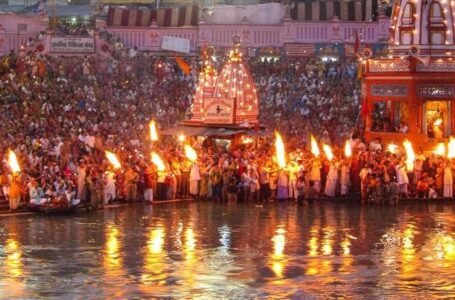Rock-cut Architecture – Evolution of Cave Temples in India
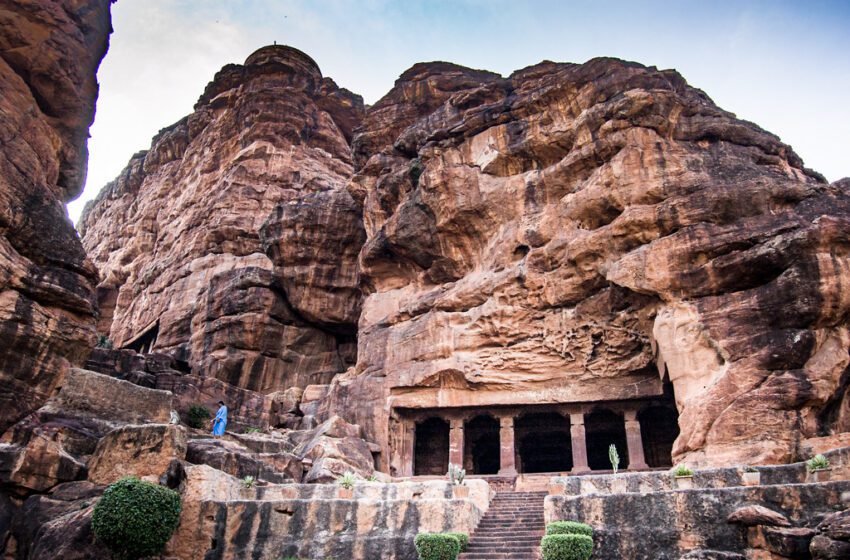
Evolution of Cave Temples
The most impressive example of ancient Indian art is seen in the rock-cut architecture. The method of building a structure by cutting it out of raw rock is known as rock-cut architecture. It is done by excavating solid rock where it naturally exists to create structures, buildings, and sculptures. Temples, tombs, and caves were the principal rock-cut architecture applications.
The majority of the rock-cut buildings had a strong connection to numerous religions and religious practises. Amazing Buddhist and Jain rock-cut buildings were initially constructed in places like Bihar in the east and Maharashtra in the west. The Buddhist monks dug a lot of caves, both for living in and for worship. The prayer halls and viharas known as Chaityas (monasteries) are the greatest examples of this. Windows, balconies, and gates were carved into these rock-cut constructions as enormous arch-shaped holes.
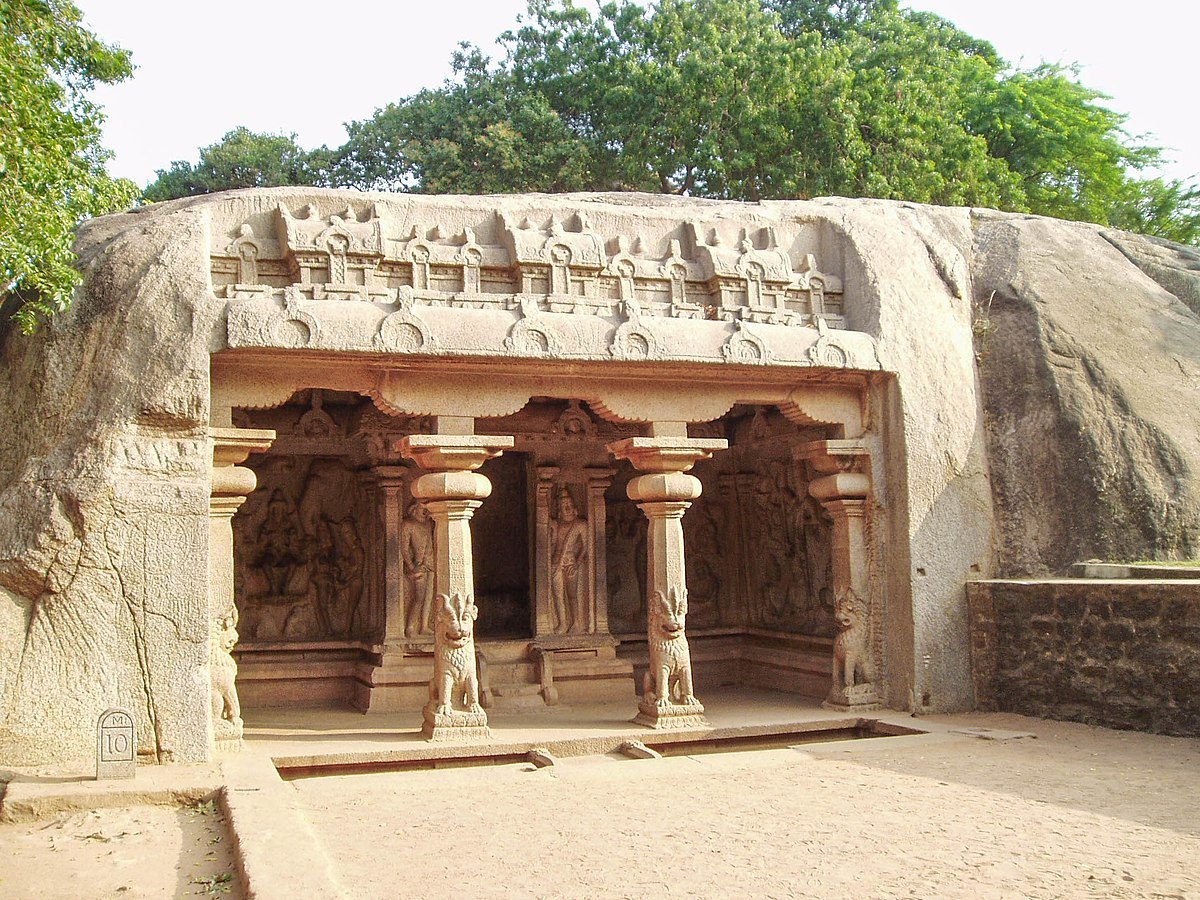
The first caves that the indigenous population used were natural ones. These caves were utilised by the locals as shelters and places of prayer. Early caves were used for the first time and modified during the Mesolithic era (6000 BC). The Bhimbetka rock shelters inside the “Ratapani Wildlife Santuary” tiger reserve, which is situated on the edge of the Deccan Plateau in the Raisen District of the Indian state of Madhya Pradesh, provide evidence of the beginning of the Stone Age in India as well as the settlement of human life there hundreds of thousands of years ago. A number of Stone Age rock drawings, some of which date back more than 30,000 years, may be seen here, which UNESCO designated as a World Heritage Site in 2003. From these caves, one can also sense the first dance art forms.
Early examples of rock-cut architecture include the cave basadis, monasteries, and temples of Buddhism and Jainism. Many such ancient cave temples from between 100 BC and 170 AD may be found in the Western Deccan area.
- Buddhist cave temples
The Barabar Caves in the Indian state of Bihar are the oldest remaining rock-cut caves in the world. Some of these caves, the majority of which date to the Maurya Empire’s (322–185 BCE) dominance in the third century BC, have Ashokan inscriptions. Consequently, the earliest instances of Buddhist rock-cut architecture are also found in the Barabar Caves.
Buddhist caves may be found in India as the Bhaja Cave, Kanheri Cave, Ajanta Cave, and Karle Cave. Buddhist missionaries used these caves as sanctuaries and refuges, keeping with their belief in austerity and leading a monastic life. Buddhist monks eventually settled in the caves of Kanheri and Ajanta.
The artefacts from the caves clearly show signs of a connection between religion and business. According to sources, traders frequently travelled through India on the busy international commerce routes in the presence of Buddhist missionaries. Buddhist philosophy promoted trading practises, and these Buddhist monasteries frequently offered housing options for travellers stopping over while travelling on trade routes. One such ancient trade route travelled from the Arabian Sea to the Deccan plateau, passing via the Bhaja Caves, which are 400 feet above the Bhaja hamlet.
- Hindu cave temples
Many cave temples were afterwards built and consecrated to Hindu gods and goddesses under the patronage of southern Indian Hindu monarchs. The Badami Cave temples, which are four Hindu cave temples and a Jain and maybe a Buddhist cave temple located in the town of Badami in northern Karnataka, are the earliest known instances of Hindu temples.
These cave temples, which were built in the sixth century, are renowned for their exquisite Badami-Chalukya architecture, which has ornamental pillars, delicately carved statues, decorated brackets, and well chiselled ceiling panels. They are decorated with striking sculptures that depict Hindu deities and themes, such as the relief of Vishnu as Trivikrama and the Tandava-dancing Shiva as Nataraja.

- Monolithic rock-cut temples
Rock carving was started by Pallava Dynasty builders to produce monolithic buildings that resemble temples. The Pallava builders began creating monolithic replicas of structural temples out of rock. With the only exception of Tiruchirapalli on the south bank of the Kaveri River, the ancient southern boundary between north and south, rock-cut cave temples did not go any farther south than Aragandanallur until the time of the early Pallavas. Additionally, there were often no appropriate granite exposures for rock-cut constructions south of the river.
A single massive rock is chiselled into the shape of a monolithic rock-cut temple, which may be made of wood or stone and embellished on the walls and in other places to display great engineering and artistic skill. On the Coromandel Coast of the Bay of Bengal, at Mahabalipuram, are the Pancha Rathas or Pandava Rathas, which are among the finest examples of monolithic Indian rock cut architecture. The five buildings were carved out of a huge stone and fashioned like rathas or chariots.
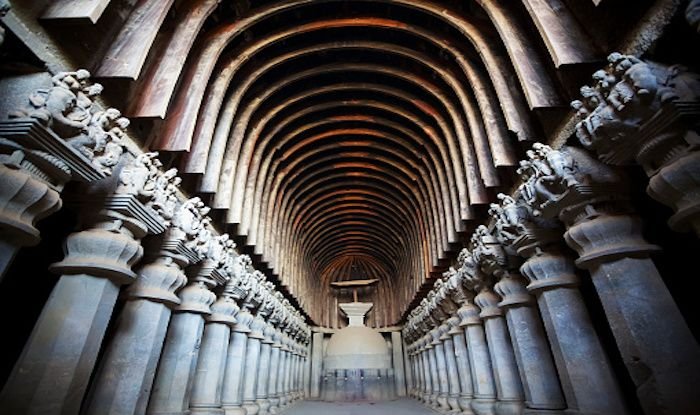
The five buildings are named after the five Pandava brothers and Draupadi, their common spouse from the renowned Indian epic “Mahabharata,” and were carved out of a massive block of granite in the seventh century. The complex, which UNESCO has marked as a “Group of Monuments at Mahabalipuram” and has included in its list of World Heritage Sites, features a variety of Dravidian architectural styles. It reflects Buddhist viharas and chaityas and served as a model for subsequent, far larger temples constructed in Tamil Nadu.
The Kailash temple, one of the largest and oldest rock-cut Hindu temples, is located in cave temple number 16 of Ellora, one of the greatest rock-cut monastery-temple complexes in the world. 34 of the 100 caverns at Ellora are accessible to the general public, including the Kailash temple, which is fashioned like a chariot and is widely recognised as one of India’s most stunning cave temples.
King Krishna I of the Rashtrakuta dynasty built this megalith in the eighth century, during 756-773 CE. The temple, which is dedicated to Lord Shiva, features exquisite architectural features, including relief panels that illustrate scenes from the Ramayana and the Mahabharata, the two major Hindu epics. This cave temple has Pallava and Chalukya architectural styles, carvings of Hindu Purana gods and goddesses, mystical creatures like heavenly musicians and nymphs, and images representing fertility and good fortune.
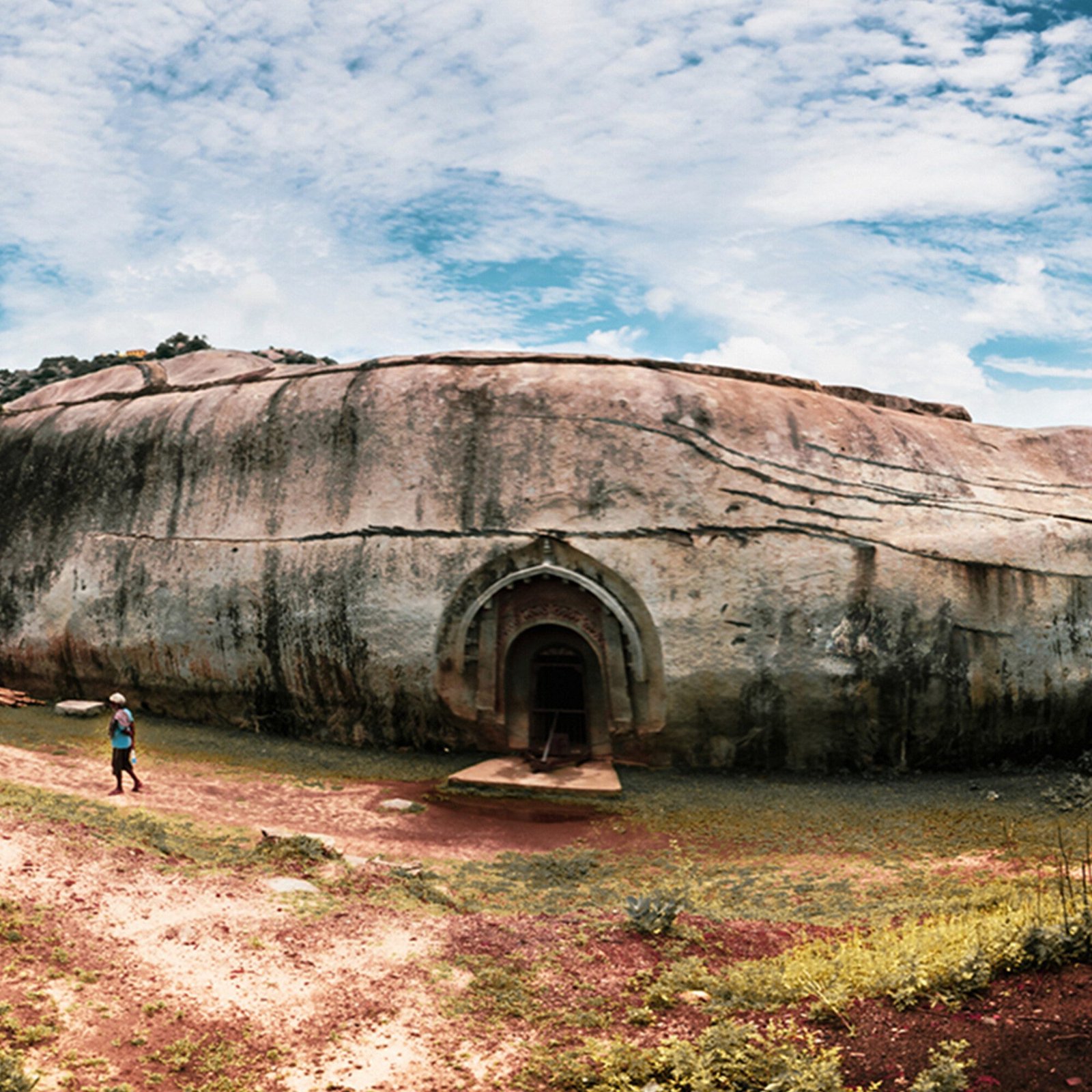
The majority of Indian rock-cut architecture is sacred. In India, there are at least 1,500 recognised rock-cut structures. Most of these buildings are embellished with excellent stone carvings, and several of them house works of art that are of international significance. These constructions, which date back to the ancient and mediaeval periods, are notable examples of structural engineering and workmanship. Visitors are sometimes amazed by the amount of work required, yet from one perspective, a rock-cut edifice is simply a decorative rock quarry; the majority of the stone extracted was generally used elsewhere at a profit.
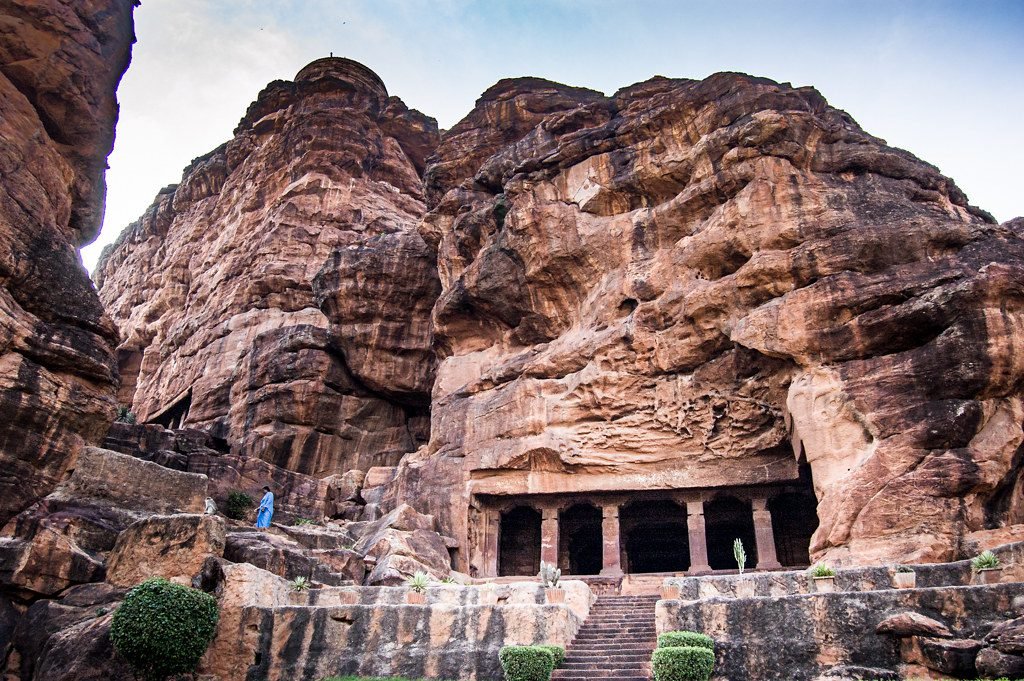
Compared to other types of rock buildings found across the world, Indian rock-cut architecture is more varied and prevalent. During the tenure of the Satavahana monarchs and their heirs, it was built. India is home to more than 1,500 recognised rock-cut monuments. These buildings often have excellent stone carvings as well as other works of art that are of international significance.
- Examples
Rock-cut architecture may be found across India as:
3 Jain temples in Aihole
Caves in Aurangabad
Temples in Badami Caves
Caves in Bagh
Caves in Elephanta
12 Buddhist, 17 Hindu, and 5 Jain temples may be found at Ellora Caves.
Jain monuments carved into the Gopachal rock Caves in Kanheri, Gwalior
Caves in Lenyadri
Mahabalipuram
Intricate Rathas
Caves in Kazhuku Malai Pandavleni
Caves in Andhra Pradesh called Pitalkhora Undavalli
Temple of Varaha Cave in Mamallapuram
Masroor Temple in the Buddhist Site of Kangra Bojjannakonda, Andhra Pradesh
Buddhist Site in Guntupalle in Andhra Pradesh
Ramatheertham in the state of Andhra
Bahubali statue of Lord Gommateshwara at Shravanabelagola, Karnataka


